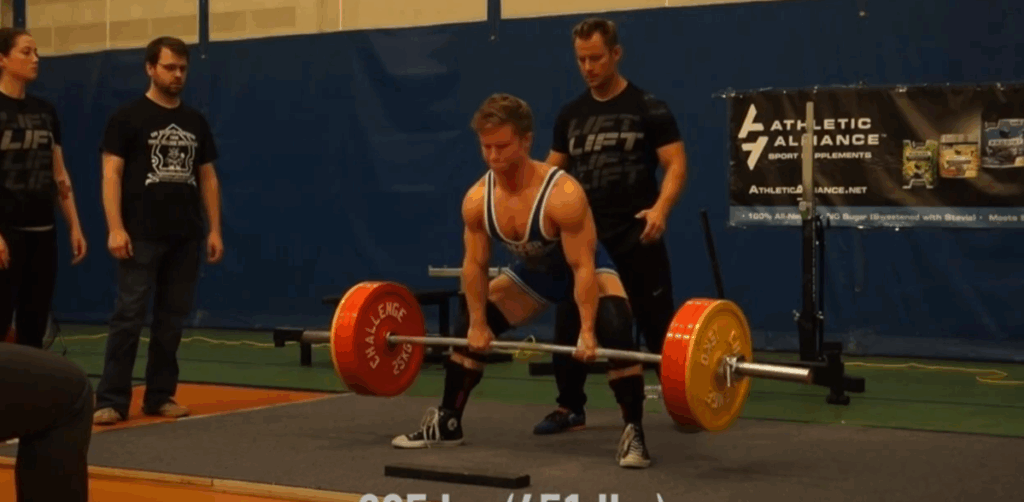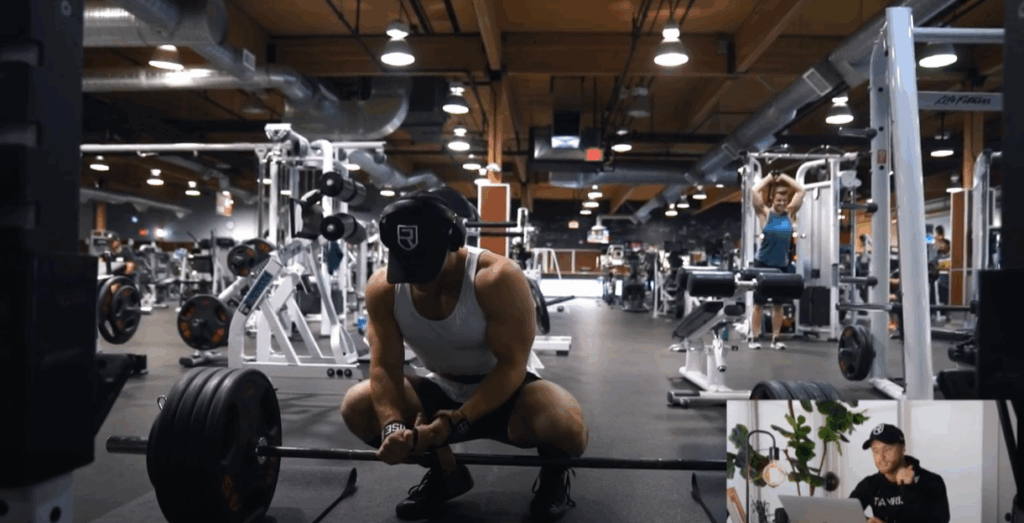Rebuilding Strength: A Natural Bodybuilder’s Journey Back to Squat, Bench & Deadlift Max Testing
After years of training focused on hypertrophy and muscle control, I recently set out to rediscover my strength by testing my one-rep maxes on the three major compound lifts: the squat, bench press, and deadlift. This wasn’t just a test of raw numbers—it was a test of patience, injury recovery, and intelligent programming. I hadn’t attempted true 1RMs since 2016, largely due to a lingering back injury, but with consistent rehab and cautious progression, I finally felt ready to see what my body could handle.
This article walks you through my testing process, including warm-ups, modifications, mindset, and how I approached each lift individually. Whether you’re considering max testing yourself or looking for ways to safely reintroduce strength phases into your training, this breakdown offers actionable insights rooted in personal experience and practical programming.
Prepping for the Max Test: Strategy Over Ego
Before diving into any max effort lifts, I made several deliberate adjustments to my usual training to prepare both mentally and physically:
- Reduced Accessory Volume: In the final week before testing, I scaled back my workload on secondary movements. This allowed my body to recover while maintaining readiness.
- Confidence Singles: A few days out, I performed practice sets at ~90% of my estimated maxes to gauge how the weight moved and fine-tune technique.
- High-Load Walkout: For the squat, I included a barbell walkout at 405 pounds—just unracking and standing with the weight—to reintroduce the feeling of heavy loading on my back.
- Carbohydrate Increase: The night before testing, I bumped up my carb intake to maximize glycogen stores.
- Rest Day Preceding Test: I took a complete day off from training before each max attempt to ensure full recovery.

Squat Max Test: Conquering Mental Barriers
I started with the high bar squat. While this setup is more quad-dominant and places greater demand on maintaining an upright torso, I’ve gravitated toward it to reduce strain on my lower back—especially during recovery.
After warming up and gradually building up to heavier singles, I approached a weight that had long stood as a psychological roadblock for me: 405 pounds. Despite being “just another number,” it held symbolic weight—both literally and emotionally. Once I unracked the bar and began the descent, I focused on maintaining tightness through my core and driving through my quads out of the bottom. The rep moved with confidence.
Looking back at the footage, my descent was slower than ideal, probably due to nerves. Ideally, I’d like to find a rhythm between control and utilizing the stretch reflex at the bottom. Still, the rep felt clean and strong. Breaking past this long-standing mental hurdle felt like a turning point, and I’ll be transitioning to a low bar position in my next cycle to allow greater posterior chain involvement and more efficient leverage.

Bench Press Max: Pushing Through an Off Day
This test nearly didn’t happen. The bar felt uneven in my hands, warm-ups moved sluggishly, and nothing seemed to click. But instead of bailing, I reminded myself that strength isn’t always about perfect conditions—it’s about showing up. Sometimes, pushing through a rough session teaches you more than a flawless PR day.
Despite shaky warm-ups, my final lift was 345 pounds. It moved far better than expected, and I even attempted 350, which I completed with solid form. My glutes stayed grounded (important for powerlifting legality), and I utilized leg drive effectively by pressing my heels into the floor during the press phase. Although my heels lifted slightly during the setup, I regained control by the time the bar reached my chest.
One point worth discussing is the “sinking” technique I used—lowering the bar slightly into the chest before pressing. As long as the bar remains motionless after the initial sink and before the press command (in competition), this is legal. In training, it helped me maximize tightness and rebound.
While this wasn’t my all-time best, considering how off I felt going in, I was proud to hold myself accountable and perform well under less-than-ideal conditions.
Deadlift Max: Making Smart Decisions
Two days later, I headed back to the gym for the deadlift. This lift had the highest risk factor due to my history of back injury, so I took extra care in warming up with foam rolling, mobility drills, and gradual pyramiding.
Unfortunately, the gym platforms were closed due to a flood, so I improvised by laying down yoga mats. No excuses. I worked up from 135 pounds, increasing in steady increments until I reached 475, which moved surprisingly smoothly. I debated jumping to 500, but opted for 485 as an intermediate step.
The 485-pound pull was a three-year PR and felt strong. I watched the replay from multiple angles—it was slow off the floor (as is typical with sumo), but the lockout was clean and controlled. Although I originally intended to go for 500, I made the mature decision to stop at 485. Max testing is not about chasing arbitrary numbers; it’s about testing current capacity safely. I knew I could hit more in the coming months with proper buildup.
I pulled with straps to protect against asymmetry from my old injury. My left side was previously underhand in my mixed grip, and I didn’t want to risk aggravating it. I’m not a fan of the hook grip due to thumb pain, and my raw grip strength isn’t yet sufficient for a heavy double-overhand pull—so straps it was.
I also pull sumo, which I’ve always performed better with. While sumo slightly reduces the range of motion, research shows the muscle activation is quite similar to conventional. Plus, most world record deadlifters still pull conventional, so the advantage is more about individual leverage than a performance hack.
Lessons Learned and What’s Next
Throughout this testing phase, I learned a few key lessons that every lifter can apply:
- Respect your body’s feedback: I wanted 500, but 485 was the right call. Don’t let ego override judgment.
- Preparation matters: My best lifts came after thorough warm-ups and structured ramp-up sets. Rushing into heavy singles is a recipe for poor results—or injury.
- Confidence builds momentum: That 405 squat wasn’t just a physical achievement; it was a mental win. Confidence from one lift carried over into the next.
In my next block of training, I’ll be focusing on improving bar path, building volume around 80–90% intensities, and gradually peaking again for a retest. I’m confident that with consistent training and injury prevention, I’ll soon eclipse these numbers—especially that elusive 500-pound deadlift.

Final Thoughts
Testing your one-rep max isn’t just about the numbers—it’s about discovering where you stand, learning how to approach failure and success, and using that feedback to refine your training. Whether you’re coming back from injury, chasing PRs, or just trying to build strength strategically, structured max testing can be a powerful tool in your training arsenal.
Stay patient. Train smart. And remember: sometimes the smartest move isn’t the heaviest rep—it’s the one that sets you up for long-term success.



